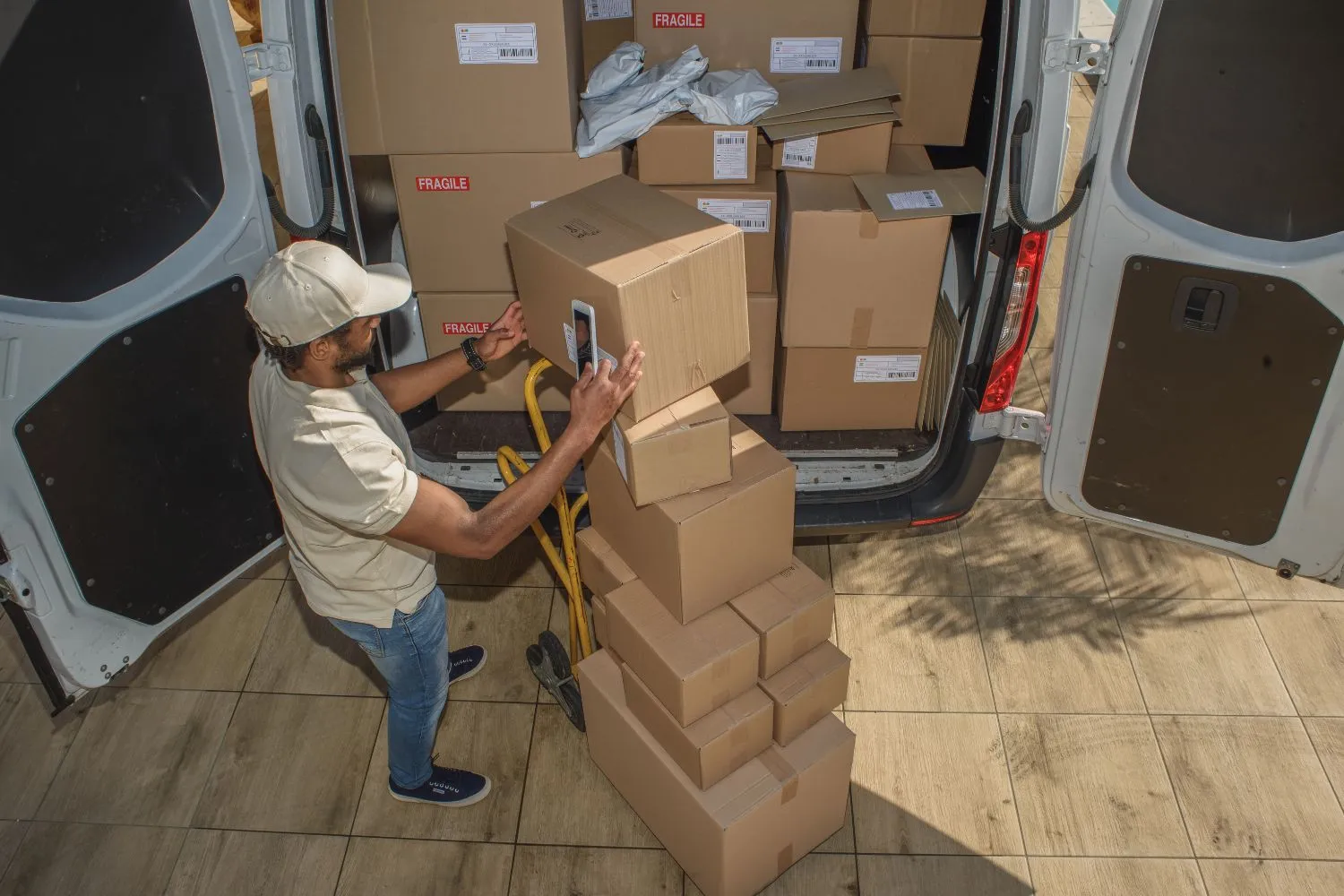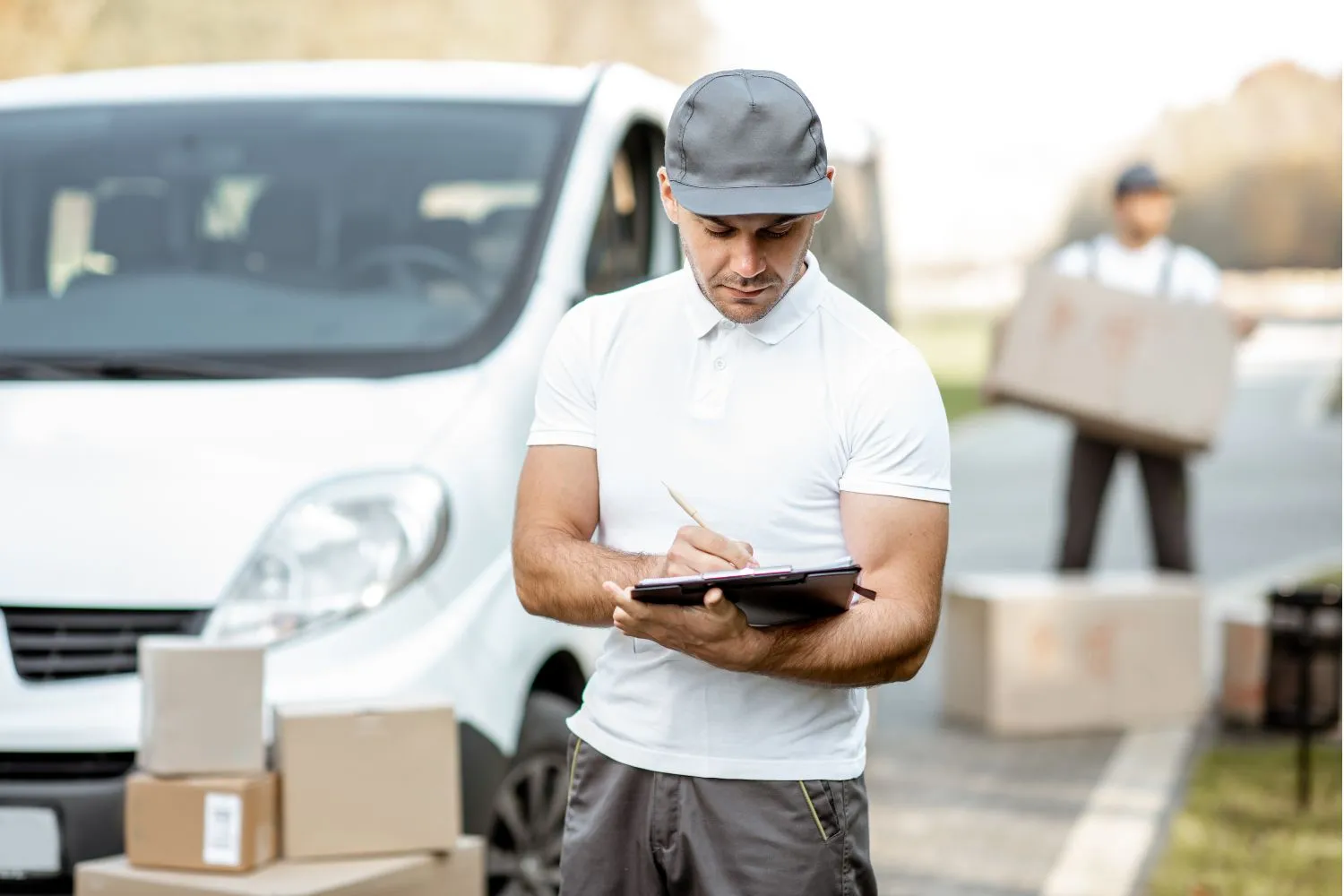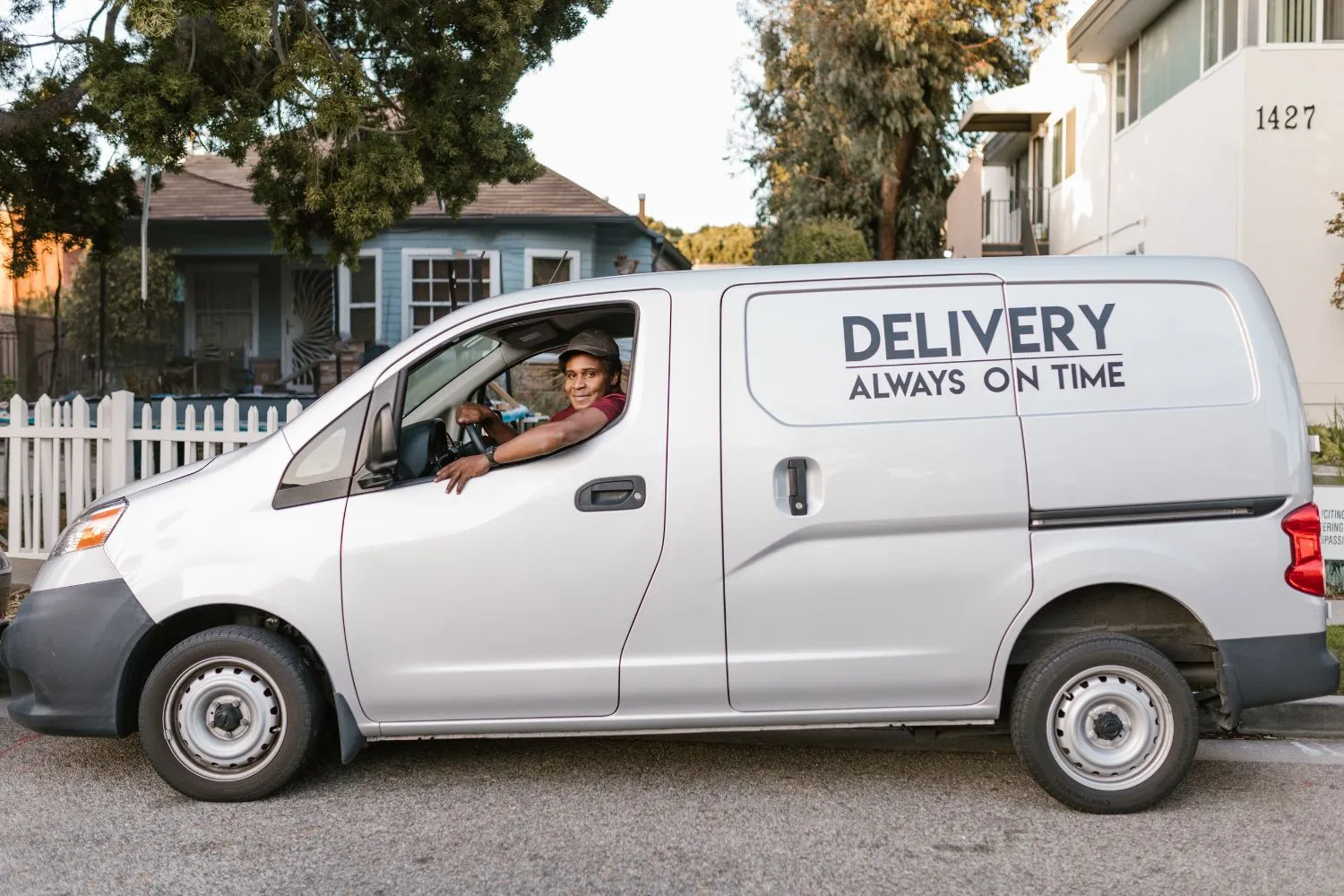Courier services have become an integral part of our daily lives, allowing us to send and receive packages quickly and efficiently. But have you ever stopped to wonder how courier service works? How does your package get from one location to another in a matter of hours or days?
In this blog post, we will take a behind-the-scenes look at the inner workings of a courier service and uncover the processes involved in delivering your important documents and packages. From pickup to delivery, we will explore how courier services works and the key players involved in ensuring your package reaches its destination on time. So let’s dive into the world of courier services and discover how they operate.
What is a Courier Service?
A courier service is a specialized delivery service designed to transport items from one location to another. It serves as a link between senders and receivers, handling anything from documents and parcels to large consignments. But how does courier service work? Essentially, courier services utilize a network of transportation methods, logistics, and technology to ensure that your package is picked up from its origin and delivered to its destination in the most efficient manner possible.

The key element that differentiates courier services from standard postal services is the speed of delivery, reliability, tracking facility, and personalization. It’s not just about getting the package from point A to point B; it’s about how courier service works to guarantee a seamless, secure, and swift delivery experience for every customer.
The Process Behind Package Pickup
The initial phase of courier services revolves around the package pickup. This involves a series of carefully coordinated steps:
Request for Pickup:
Whether it’s a business shipping out orders or an individual sending a parcel, the process begins with a pickup request. Customers can place this request via the courier service’s website, app, or over the phone.
Scheduling and Confirmation:
Once the request is submitted, the courier service schedules a pickup. Customers receive a confirmation with the scheduled pickup date and time, ensuring they can have the package ready.
Collection of Parcel:
A courier driver then comes to the specified location to collect the package. Each package is scanned upon pickup, marking the start of its journey and updating its status in the tracking system.
Proper Documentation:
At the time of pickup, the courier driver also collects essential documentation needed for the transit. This could include custom forms for international shipments or special handling instructions for fragile items.
This phase is vital to how the courier service works, setting the foundation for all the subsequent steps in the delivery process. It’s where the journey of each package begins, and it’s handled with the utmost care to ensure a smooth start to the delivery process.
Sorting and Transporting the Packages
Understanding the intricate details of how courier service works isn’t complete without exploring the sorting and transporting phase. After a package is picked up and documented, the next step in the journey is sorting and transporting the packages to their respective destinations.

Sorting Process:
The packages are brought to a central hub or sorting center, where they are sorted based on their destination. This is a crucial step as it determines the route each package will take. Advanced technologies, including barcode scanners and automated sorting machines, aid in accurately categorizing each package.
Packaging for Transport:
Once sorted, the packages are grouped together based on their destination and carefully packed into transportation containers. This grouping reduces the time and resources needed for delivery, making the process more efficient.
Transportation:
This is where the actual movement of the package occurs. Depending on the distance and urgency of the shipment, different modes of transportation are utilized. As we discussed earlier, this can range from bikes and vans for local deliveries to trucks, ships, and airplanes for long-distance and international shipments.
This phase is pivotal in determining how quickly and efficiently a package gets to its final destination. It’s these detailed operations that reveal how does courier service work, ensuring that each package is appropriately handled and routed towards its ultimate destination.
The Role of Transportation Modes in Delivery
Various methods of transportation are integral to a courier service’s operations. The choice of transport is determined by several factors including the distance of delivery and the urgency of the shipment. For instance, within a city or town, couriers might opt for bikes or vans to quickly navigate traffic and make timely deliveries.
However, for deliveries spanning across cities or countries, larger modes of transport are required. Trucks are commonly used for cross-country deliveries, while ships and airplanes become necessary for international shipments. The use of diverse modes of transportation is a testament to the logistics capabilities of courier services, ensuring they can cater to different delivery needs and distances efficiently.
Ensuring Safe Handling of Packages
Safety and protection of items are of paramount importance in courier services. They are often responsible for transporting valuable or delicate goods that need special care. Therefore, the implementation of specialized packaging techniques and materials is crucial. For items that are particularly delicate or fragile, specific protocols are followed to minimize the risk of damage during transit.

These items are typically marked as such, alerting all handlers to use extra caution. The couriers may use bubble wrap, foam, or other shock-absorbing materials to cushion the item and protect it from impacts. The correct packaging can be the difference between a product arriving in perfect condition or being damaged, so courier services take this responsibility very seriously.
Delivery of the Package
Once the parcel reaches the destination city, it’s transported to a local depot. From there, it’s loaded onto delivery vans for its final leg of transit – delivery to the recipient’s address. The courier driver has the important task of hand-delivering the package directly to the recipient. To confirm successful delivery, the recipient typically signs for the package, marking the end of the parcel’s journey.
The process emphasizes the personal touch provided by courier services, ensuring that each package is not just dropped off, but safely handed over to the correct person. This direct delivery method eliminates unnecessary risks and provides added assurance to both sender and recipient. In the world of courier services, the final handover is the successful completion of a carefully orchestrated process, aimed at providing maximum customer satisfaction.
Ensuring Customer Satisfaction with Final Delivery
A pivotal part of how the courier service works is ensuring customer satisfaction at the final delivery point. Timely and accurate delivery is a significant factor, but customer satisfaction goes beyond this. Couriers often provide flexible delivery options, including express delivery, time-slots, and the choice to change delivery locations if needed. Furthermore, if the recipient isn’t available, couriers make multiple attempts or offer the option to collect the package from a nearby location.
Many also offer proof of delivery in the form of a photo or digital signature. Understanding how does courier service work involves recognizing the efforts that are put in to create a seamless delivery experience and the commitment to satisfying customer needs at every step.
Overcoming Challenges and Ensuring Timely Delivery
A vital part of understanding how courier service works is acknowledging the challenges that arise and how the courier service works to overcome them. Let’s take a look at some common challenges and the measures taken to ensure smooth and timely delivery service:
Traffic and Weather Conditions:
These can cause significant delays in delivery. However, courier services are equipped with route optimization software that allows them to navigate around traffic jams. They also monitor weather forecasts closely and adjust their delivery schedules accordingly.

Incorrect or Incomplete Address Information:
This can lead to failed delivery attempts. To counter this, courier services often verify address information at the point of booking and provide customers with options to correct or update the information before the package is dispatched.
Handling High Volume of Packages:
Courier services can face logistical challenges during peak delivery periods such as holidays. Advanced planning, temporary staffing, and utilizing extra vehicles are common solutions to manage the increased volume efficiently.
International Shipments:
These come with their own set of challenges like custom regulations and language barriers. Courier services navigate these obstacles through comprehensive knowledge of international shipping rules and by having multilingual staff.
Conclusion
Understanding how courier service works is an intricate process involving multiple stages from pickup to delivery. These operations ensure that packages are not only delivered in a timely manner, but also with the utmost care and security. The commitment to reliability, efficiency, and customer satisfaction is what sets courier services apart.
From the use of advanced technologies to rigorous training of staff, these services continually strive for excellence. They are the unseen heroes who work diligently behind the scenes to connect people and businesses worldwide. If you ever need to send or receive packages swiftly and securely, feel free to contact us. We’re here to make the complex world of courier service simple and accessible for you.




